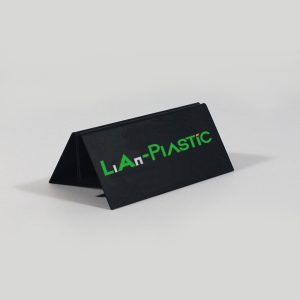Vacuum forming is a popular technique in the plastics industry due to its versatility, efficiency, and cost-effectiveness. It involves heating a plastic sheet until it becomes pliable, then shaping it over a mold using a vacuum to create three-dimensional objects.
Cost Efficiency
Low Tooling Costs: Compared to other molding processes, vacuum forming requires relatively inexpensive molds. These molds can be made from less expensive materials like wood or aluminum, significantly reducing the initial investment.
Reduced Material Wastage: This process allows for precise control over the thickness of the plastic sheet, leading to minimal wastage. Excess material can often be recycled, further reducing costs.
Versatility in Design
Wide Range of Materials and Finishes: Vacuum forming supports a diverse array of plastics, including PVC, PETG, and ABS. This flexibility allows for a broad selection of finishes, textures, and colors, suitable for various applications.
Design Adaptability: The process easily accommodates adjustments in design, making it ideal for custom or short-run productions. It’s particularly effective for large parts, with dimensions and specifications tailored to specific needs.
Speed and Efficiency
Rapid Prototyping: Vacuum forming is excellent for prototyping due to its quick turnaround times. Designers can move from concept to prototype in a much shorter time frame compared to other methods.
High Production Speed: Once the mold is ready, the production process is fast. Manufacturers can produce large quantities in a shorter period, enhancing overall efficiency.
Quality and Durability
Consistent Quality: The process ensures uniform thickness and consistent quality across products. This consistency is crucial in applications where precision is key.
Durability of Products: Vacuum-formed products are known for their strength and durability. The process allows for the creation of products that can withstand significant stress and have a long lifespan.

Environmental Impact
Eco-friendly Materials: Many of the plastics used in vacuum forming, like PETG, are recyclable, contributing to a more sustainable production cycle.
Energy Efficiency: Vacuum forming uses less energy compared to other plastic molding techniques, making it a more environmentally friendly option.
For more information on vacuum forming and its applications, visit Vacuum form.
In summary, vacuum forming plastic offers significant advantages in terms of cost efficiency, design versatility, production speed, product quality, and environmental impact. These benefits make it a preferred choice in various industries, from packaging to automotive parts.